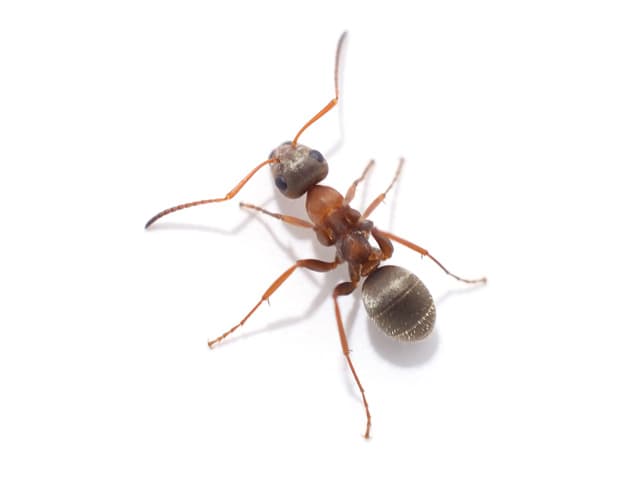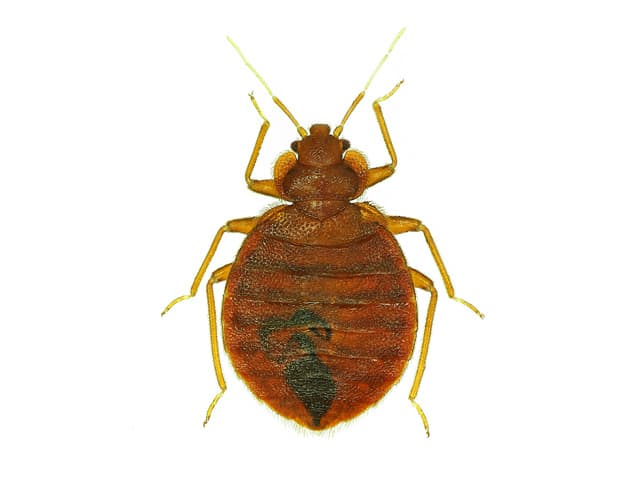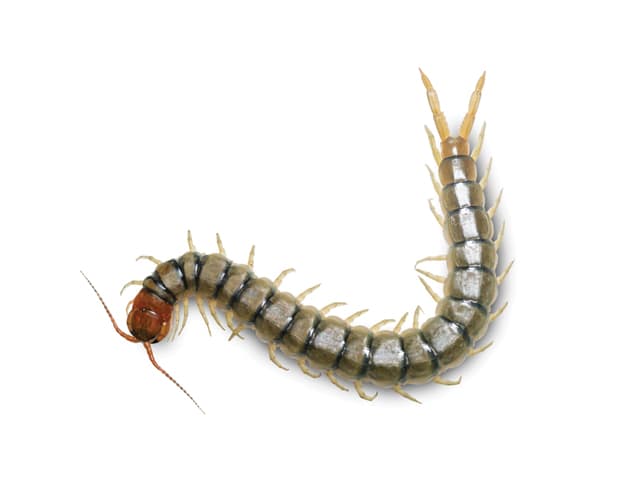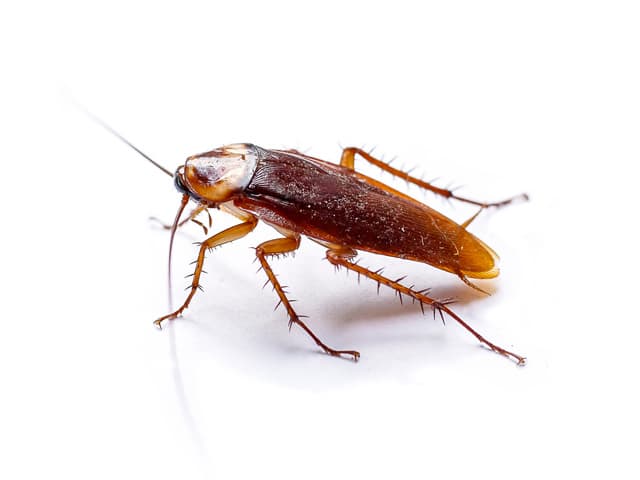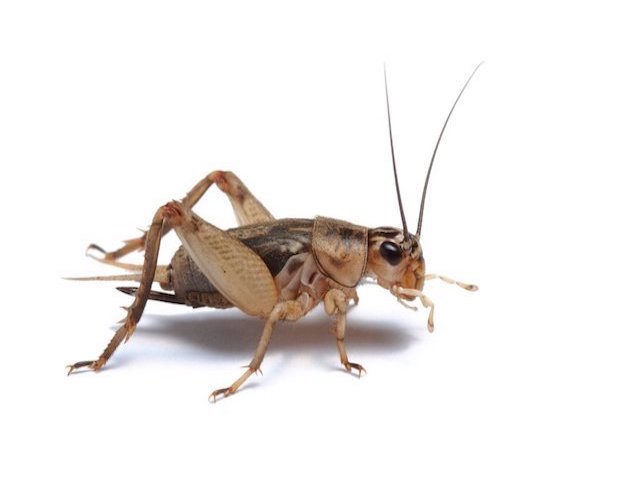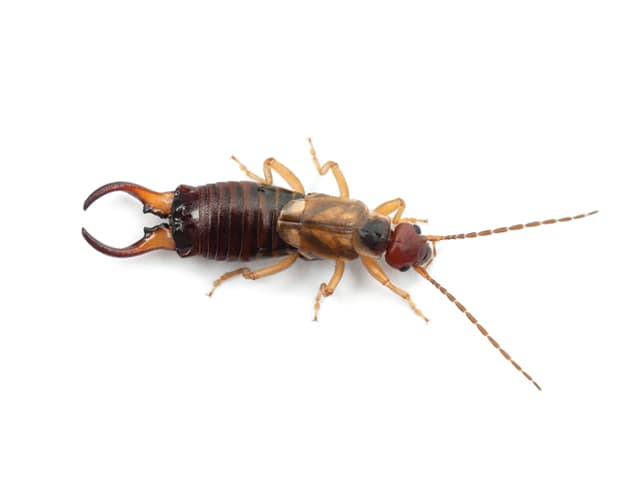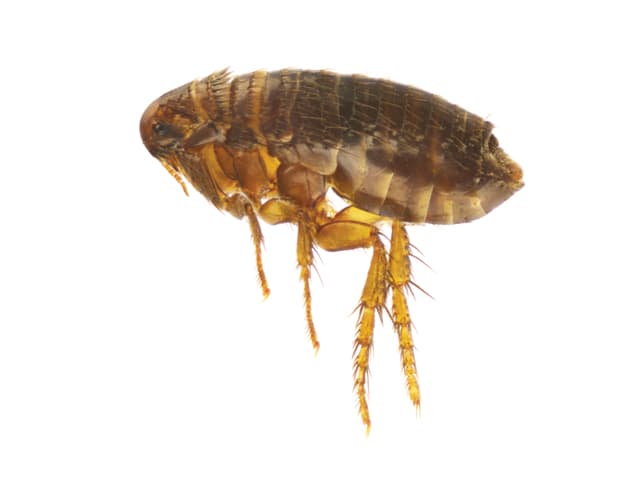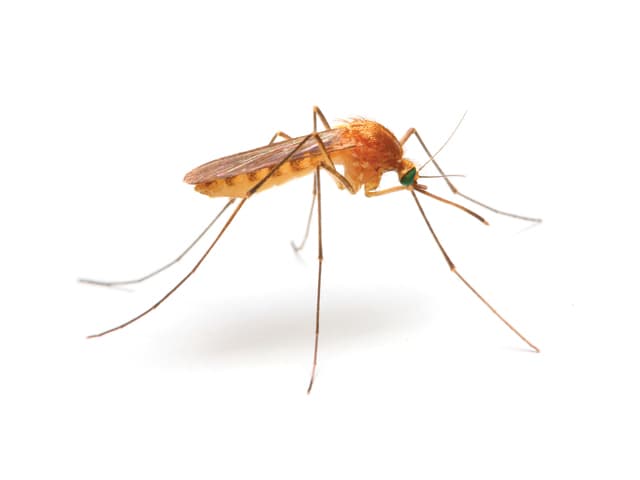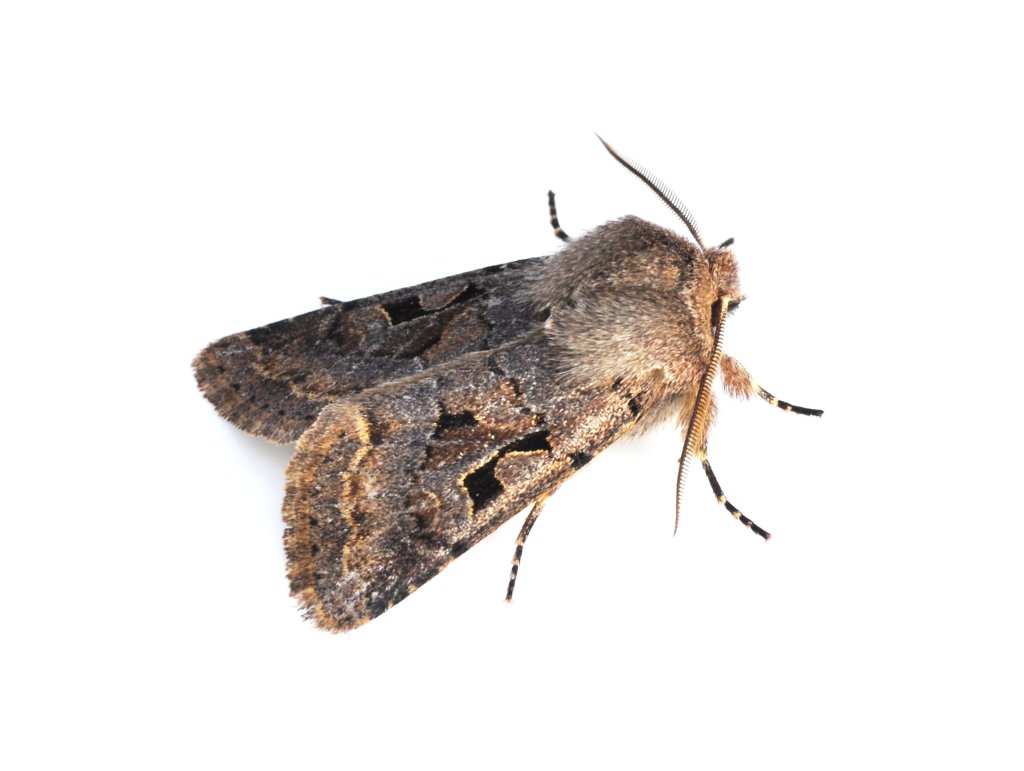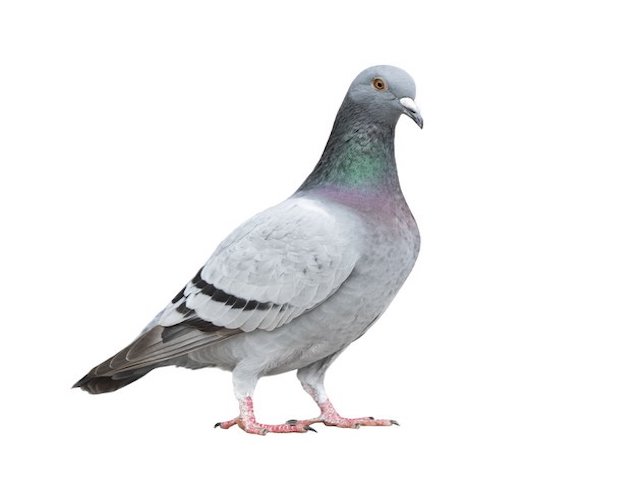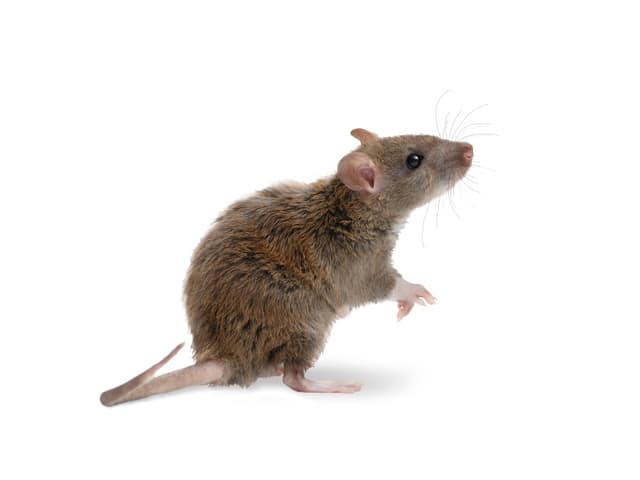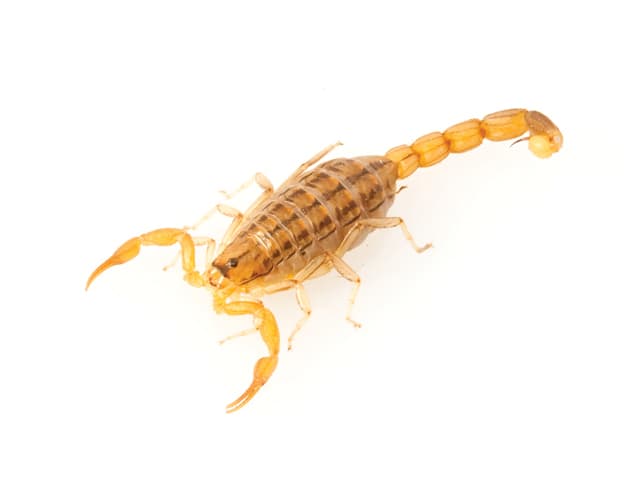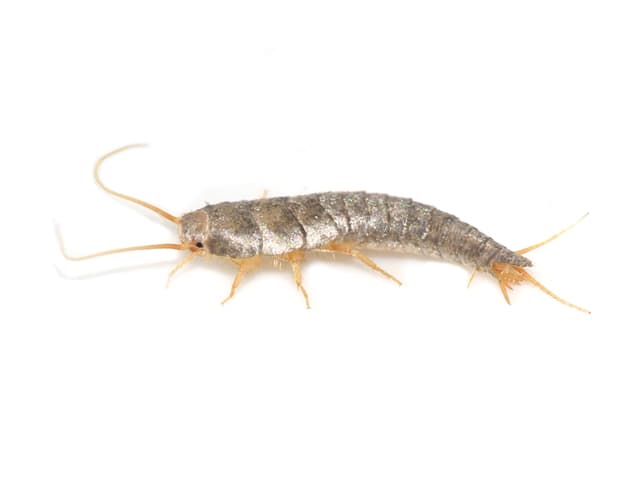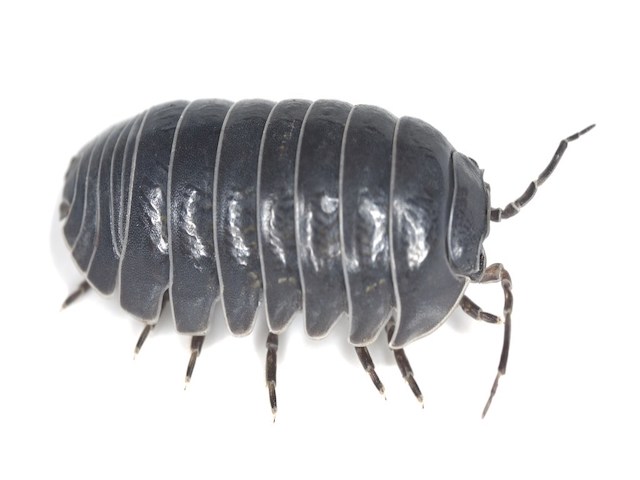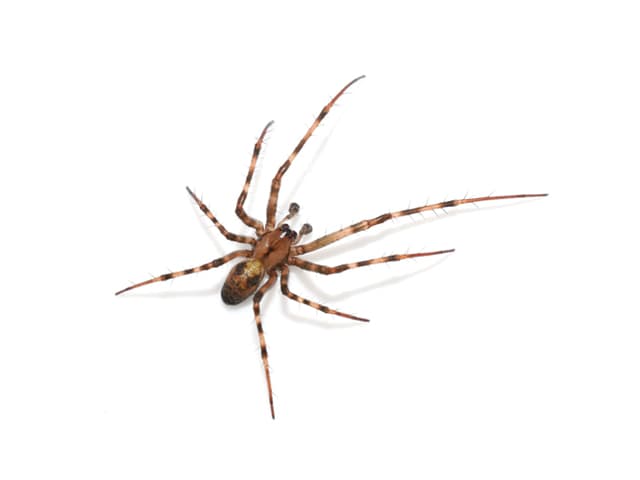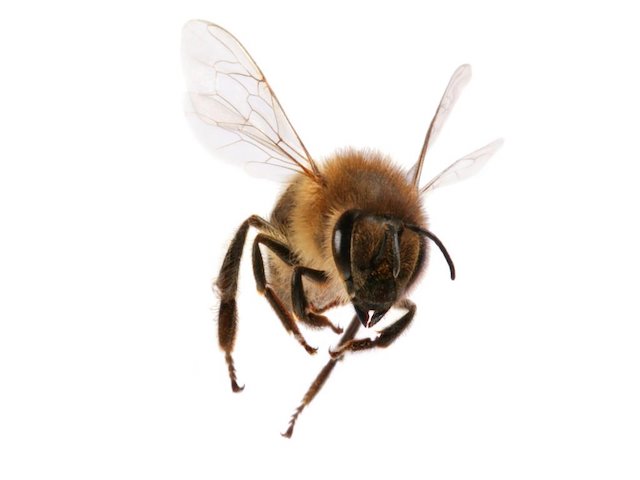Wasps
With more than 30,000 identified species, wasps are well-known as feared predators with painful stings. Their diets consist primarily of nectar and pest insects, and they can be found in almost any North American environment, from orchards, meadows, and woodlands to playgrounds and urban settings. Wasps are typically not aggressive towards humans or animals but will attack if they feel threatened or that their colony is in danger.
Social species of wasps, such as yellow jackets and hornets, emit a pheromone when distressed that makes nearby colony members very defensive and sends them into a stinging frenzy, making it dangerous to tamper with their nests unprepared. Their stings can pack a punch, and have sent people to the emergency room when left untreated. They can also cause severe allergic reactions. If you notice a wasp nest near your home or business, don’t wait—call Burns Pest Elimination for a safe removal today! Read on for more information about identifying and preventing a wasp outbreak.
How to Identify Wasps
Even with the high number of wasp species found worldwide, they all mostly share very similar characteristics. This includes:
- Size – Wasps are generally between 1 and 2 inches in length. Their bodies are long and thin, and their wings are narrow and translucent.
- Color – Wasps are typically yellow, brown, reddish-orange, or black in color, depending on the species.
- Stinger – Wasp stingers are smooth, meaning that they are able to sting repeatedly without getting it ripped out like most bees.
- Nests – Wasps prefer to build nests in protected areas under overhangs or in the ground. They are commonly found along the edges of a roof, in sheds, along playground structures, and under thick tree branches. Wasp nests are typically paper-like and made from wood fibers that have been chewed into a pulp.
While wasps are closely related to bees, they are much thinner and smoother in appearance, and they are more likely to sting perceived threats without the fear of losing their stinger. The most commonly found wasp species in Arizona are the yellow paper wasp, the Navajo paper wasp, and the Arizona paper wasp. Their bodies are usually jet black or brown with narrow yellow bands and paired segmental spots.
How to Prevent Wasps in Arizona
There are many preventive measures that you can take to prevent a wasp outbreak on or near your property. Check through your property and make sure that every hole is properly sealed, especially those on your house or in the ground, as wasps do not need much space to begin nesting. You will also want to move or get rid of sources of food that are near your home, including gardens, fruit-bearing trees, and hummingbird feeders, to draw wasps away from nesting nearby.
Properly cleaning, storing, and sealing grills and trash cans prevents the protein-rich food residue, sugary trash, or food scraps from attracting wasps to the area. You can also plant natural wasp-repelling plants such as wormwood, marigold, mint, basil, pennyroyal, and geraniums in high-traffic outdoor areas to further dispel these pests.
Wasp Control in Arizona & Las Vegas
Due to their protective nature and powerful stingers, it can be incredibly dangerous to remove a wasp nest on your own. When you need a quick solution to your wasp infestation, Burns Pest Elimination’s team of pest control experts is equipped with years of experience and the proper tools for safe and effective wasp control and removal. For quality pest control services in Phoenix, Tucson, or Las Vegas, call Burns or request a quote online today!
We provide wasp nest removal in the following areas:
- Wasp Nest Removal in Peoria, AZ
- Wasp Nest Removal in Chandler, AZ
- Wasp Nest Removal in Gilbert, AZ
- Wasp Nest Removal in Glendale, AZ
- Wasp Nest Removal in Mesa, AZ
- Wasp Nest Removal in Phoenix, AZ
- Wasp Nest Removal in Scottsdale, AZ
- Wasp Nest Removal in Surprise, AZ
- Wasp Nest Removal in Tempe, AZ
- Wasp Nest Removal in Tucson, AZ
- Wasp Nest Removal in Las Vegas, NV
- Wasp Nest Removal in Henderson, NV
- Wasp Nest Removal in Spring Valley, NV
- Wasp Nest Removal in Paradise, NV
